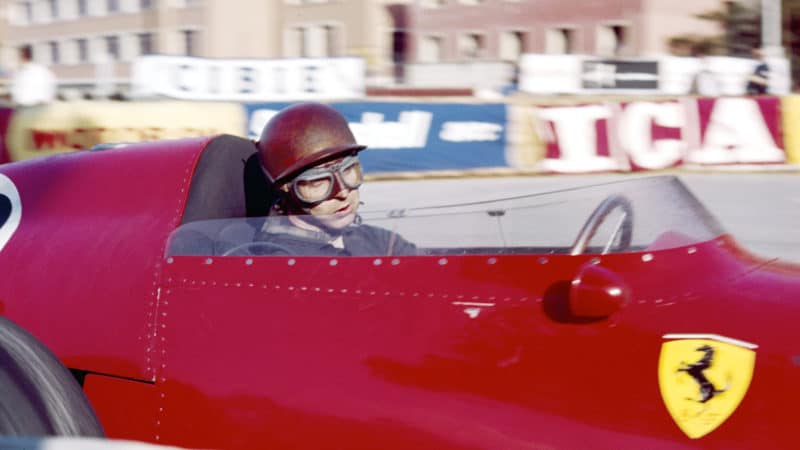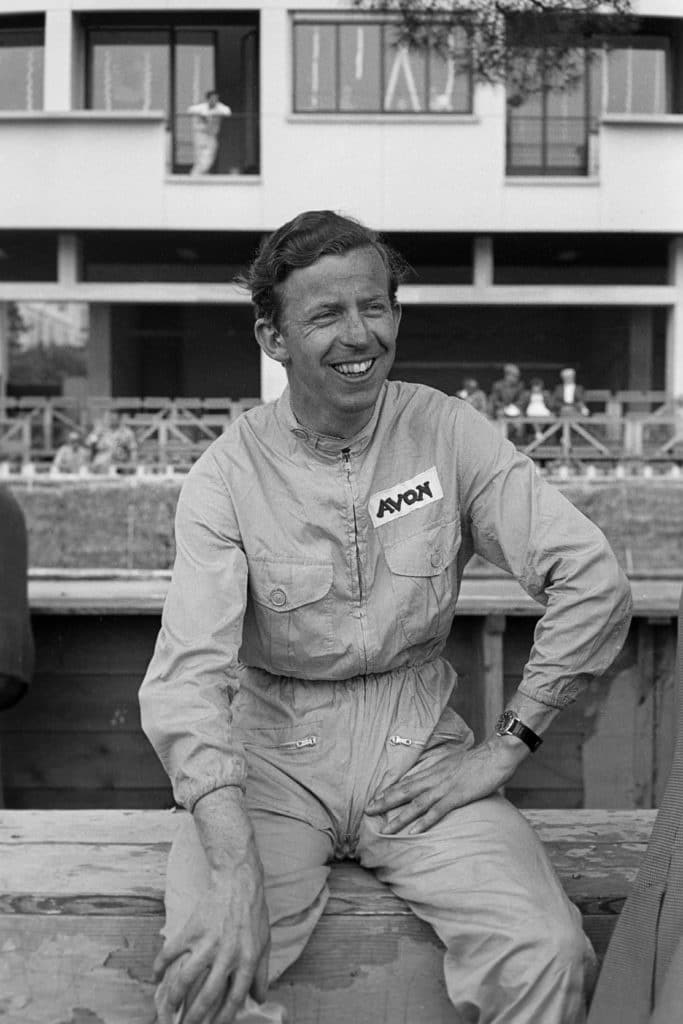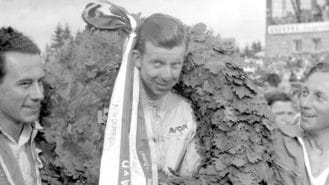His analytical attitude shows clearly in his autobiography, every word penned by himself. Famously a delicate, even elegant driver, he could see artistry in the balance of physics and mental acuity that guides a car through the perfect line in a corner, and titling his book Poetry in Motion sums up that insight. Parts of it are lyrical descriptions of the interaction between driver, car and track. He was not keen to write a whole book about himself, but once persuaded he felt he had crafted it to the best of his ability. Once it was published, if I asked him yet again for memories of an occasion he would often say “I don’t think I can improve on what I said in my book…”
That could be frustrating: he would fuss mightily over the exact phrasing of a quote for you to use, and when he wrote for us would plead that we neither cut nor alter his words, even if he had written 50% more than requested. It wasn’t a bombastic demand, merely the knowledge that he had done the job properly. Doing the job properly was Tony’s way, always with sportsmanship, playing for the team, not for himself. Witness that victory shared with Moss at Aintree in 1957: he deserved applause not for giving up his Vanwall to his team-mate, but for promising to keep it high in the running in case Stirling had a problem, although battered and weakened by his huge Le Mans accident just weeks before.
So the last grand prix victor of that danger-ridden postwar decade has left us. He merited more acclaim than he received, but I suspect that suited this modest man quite well. While he dealt patiently with letters and phone calls from fans, he would hate to have been pestered in the street by photographers. Though he was pleased to be remembered he never sought attention; he seemed slightly embarrassed by all the fuss when in 2008 Goodwood gave him a tribute parade. And when he rang me he would always explain who he was – “It’s Tony. Tony Brooks”. As if I wouldn’t recognise the voice of one of the great postwar grand prix drivers.

 And those achievements were immense, from that era-defining victory in Syracuse through wins for Vanwall to being called to Ferrari and coming within an ace of taking the 1959 world championship crown. It was almost certainly a moment of prudence – stopping to check for damage in the
And those achievements were immense, from that era-defining victory in Syracuse through wins for Vanwall to being called to Ferrari and coming within an ace of taking the 1959 world championship crown. It was almost certainly a moment of prudence – stopping to check for damage in the 
